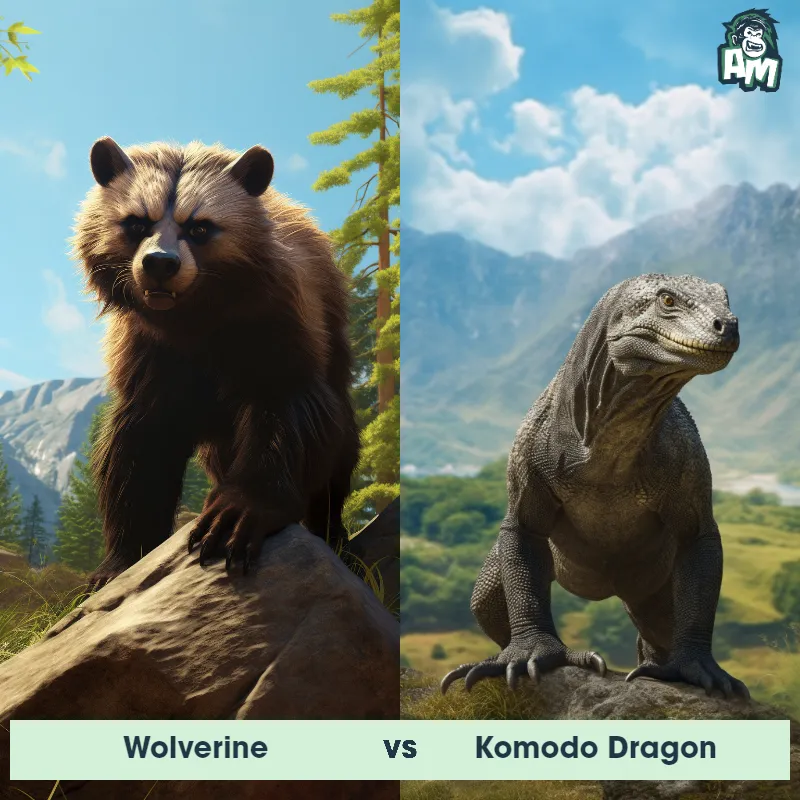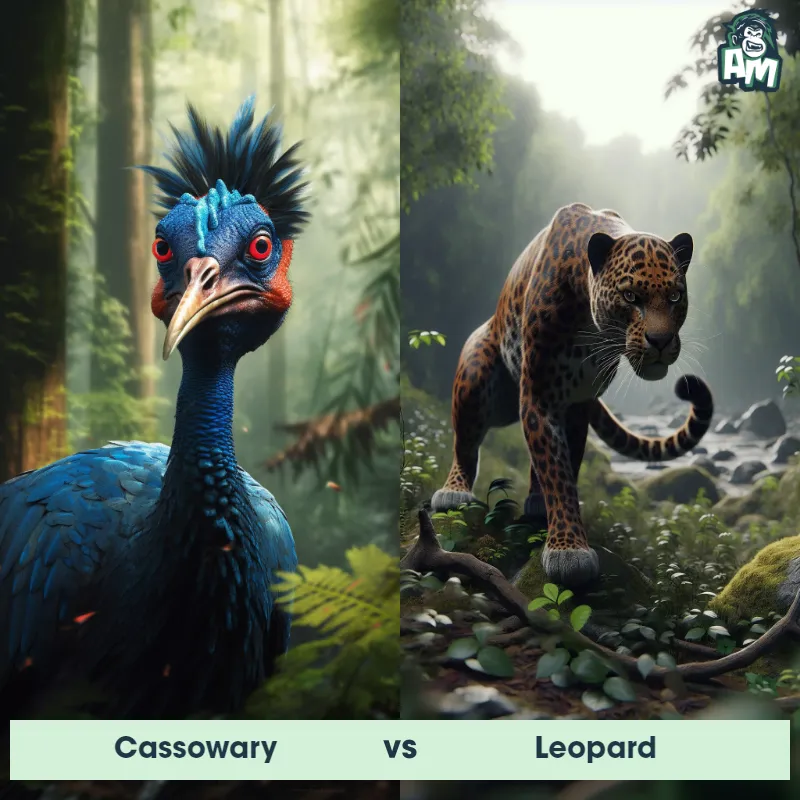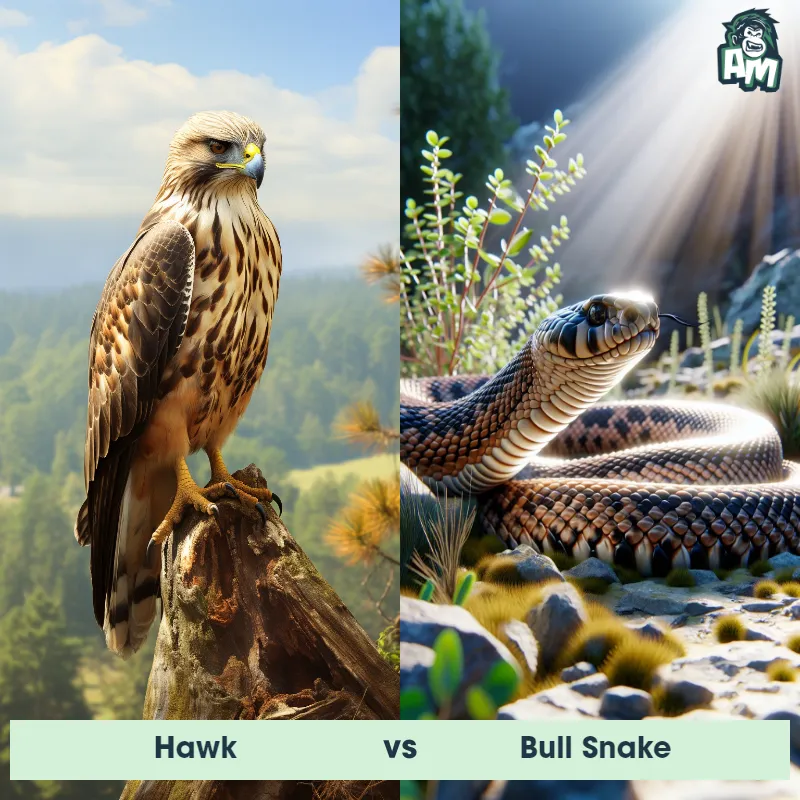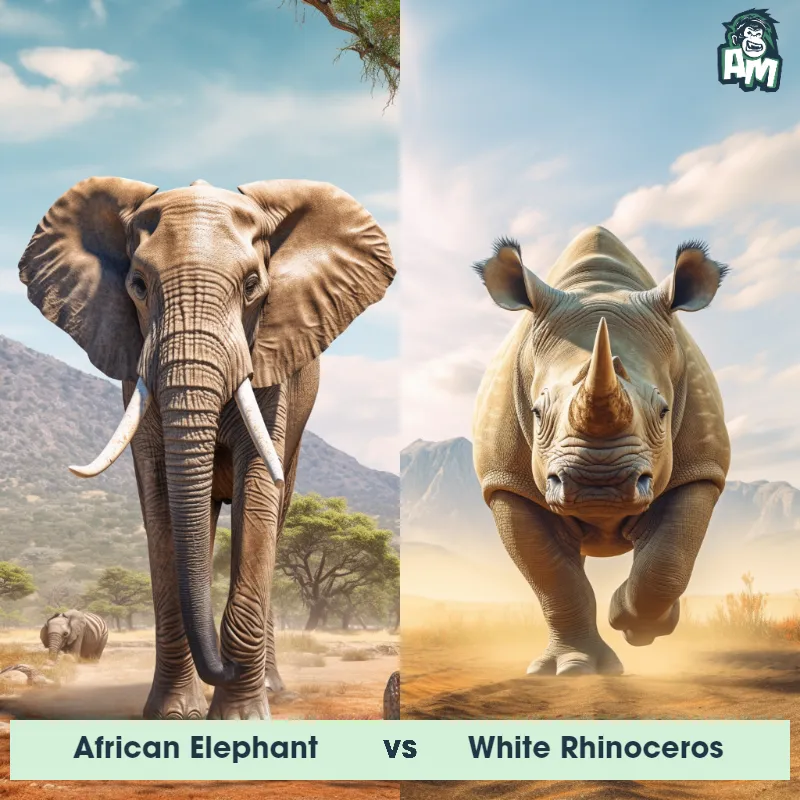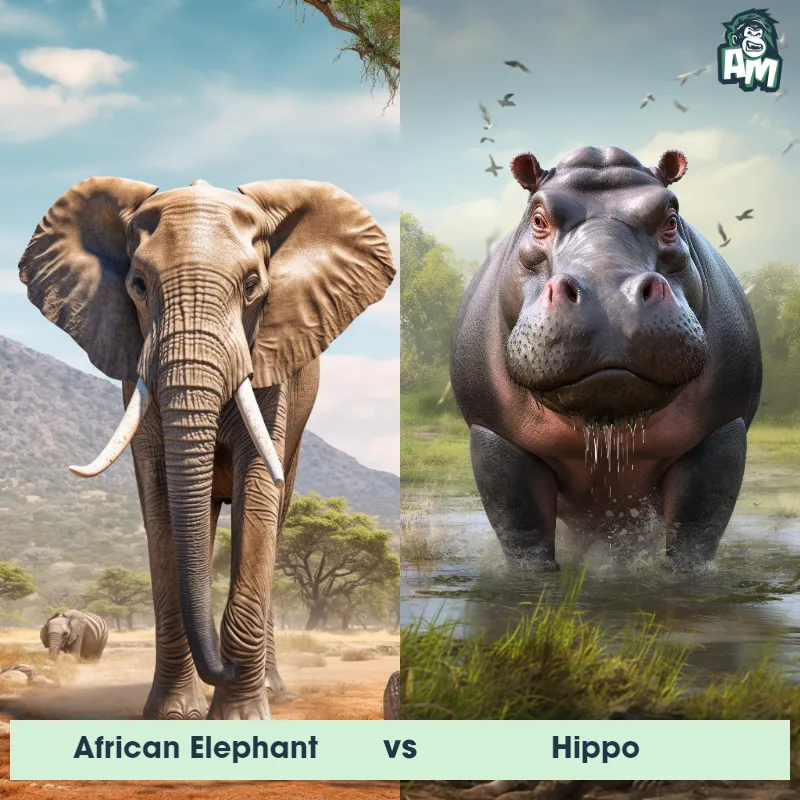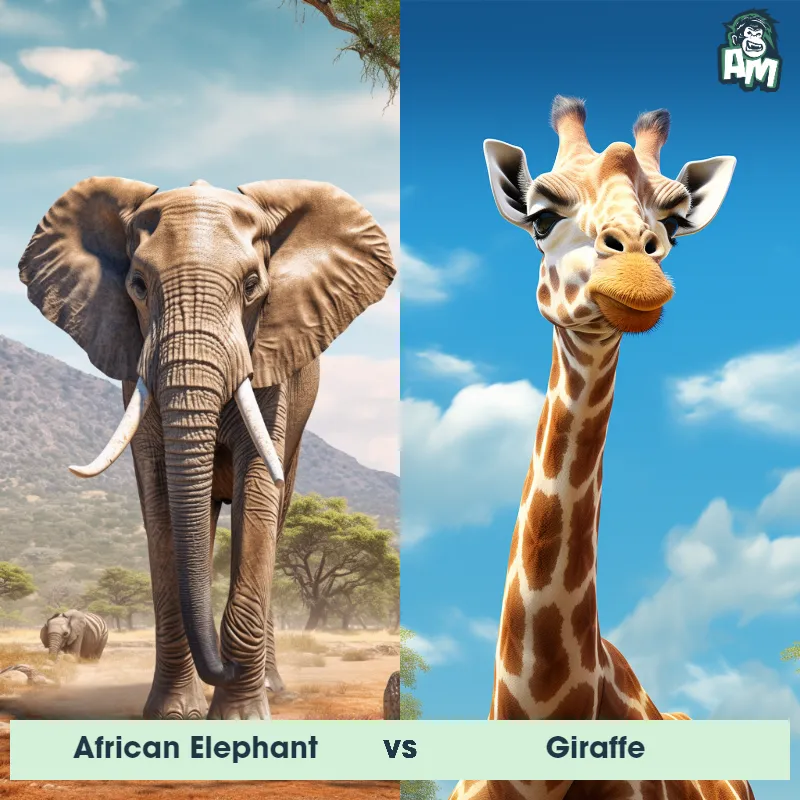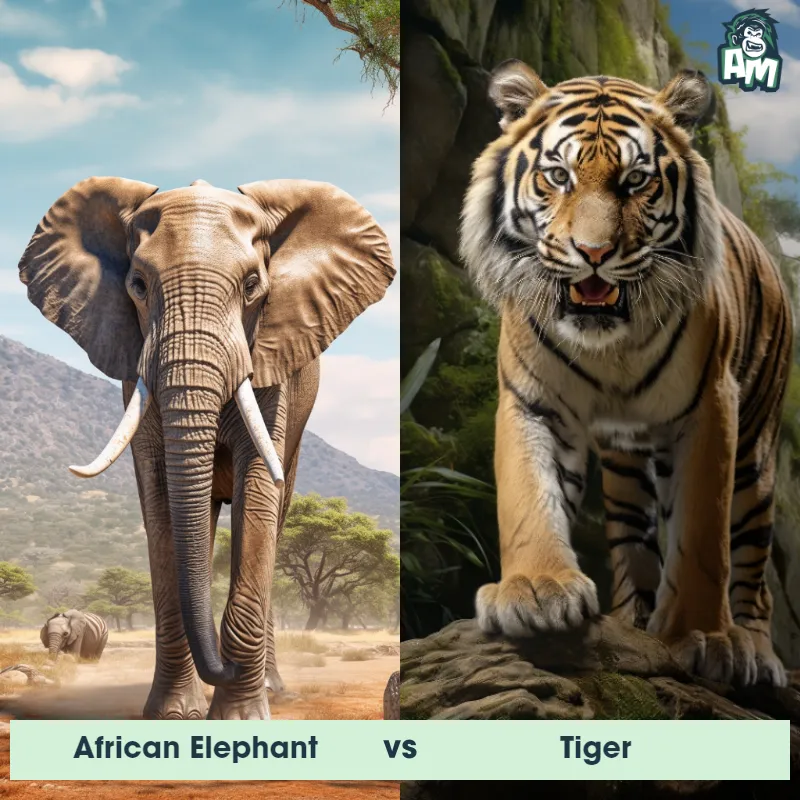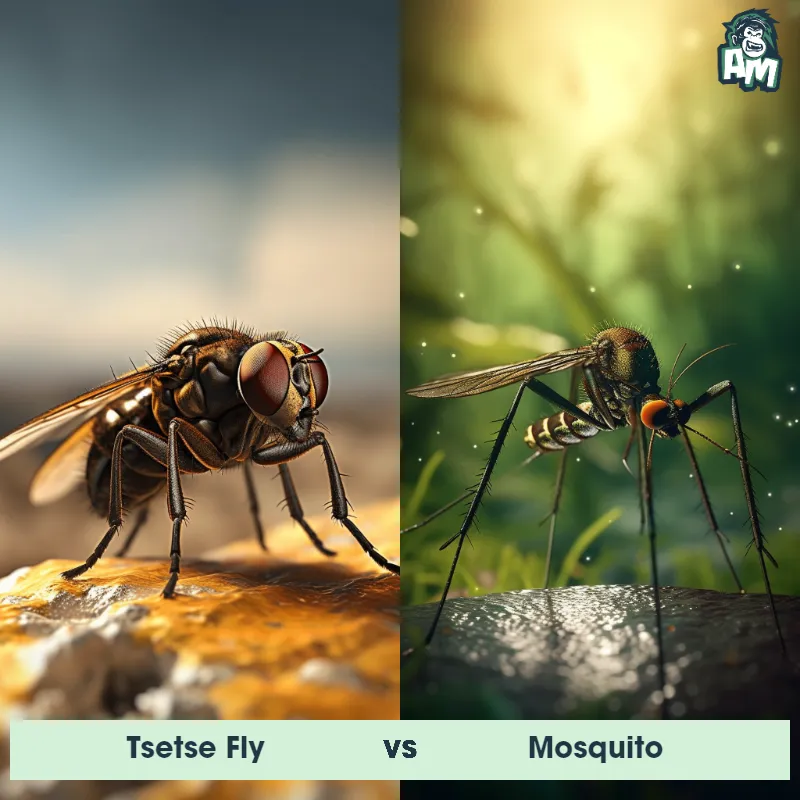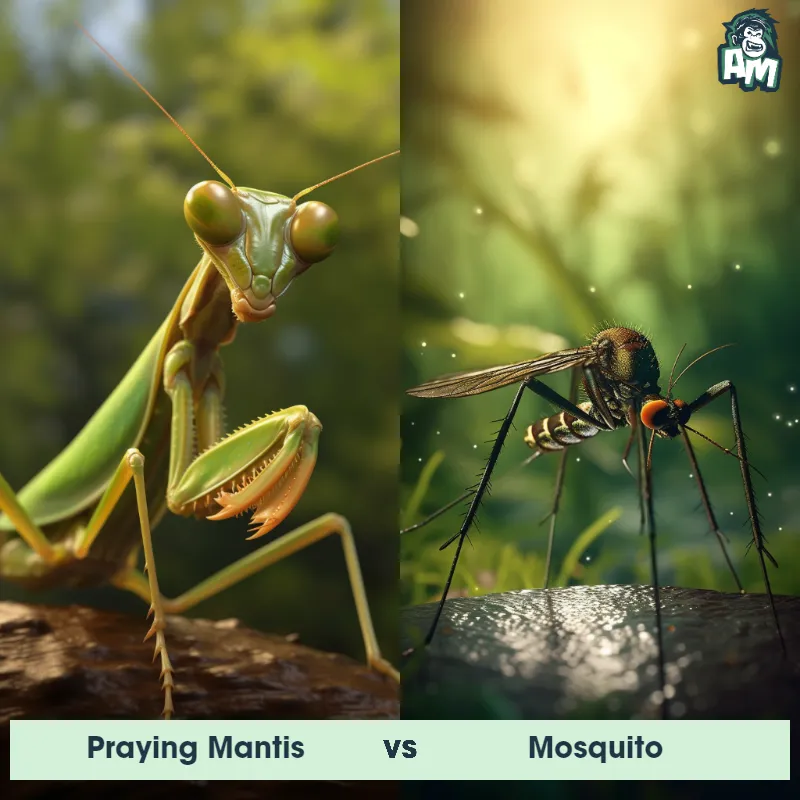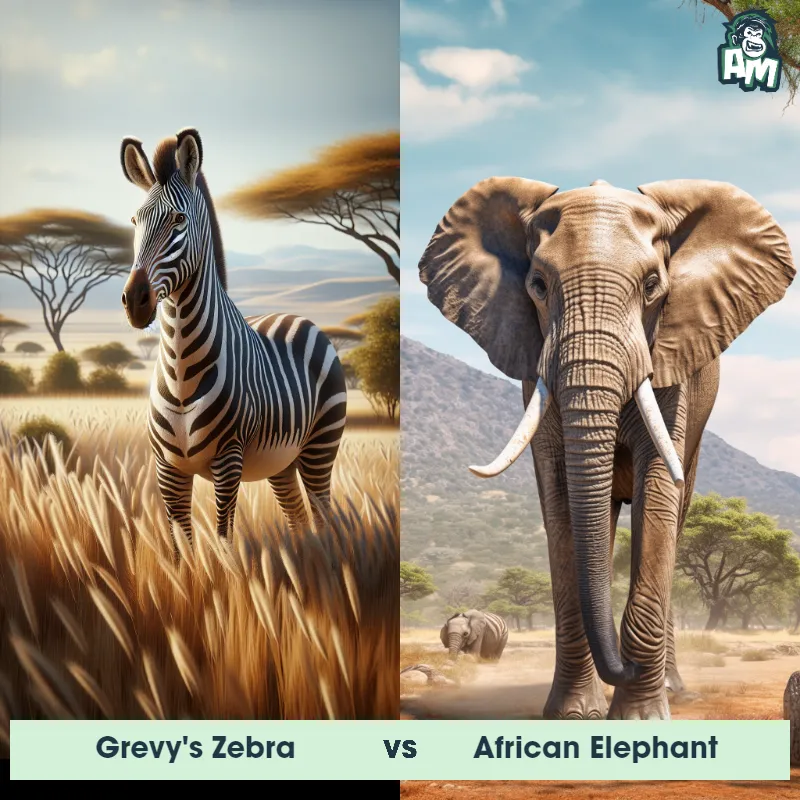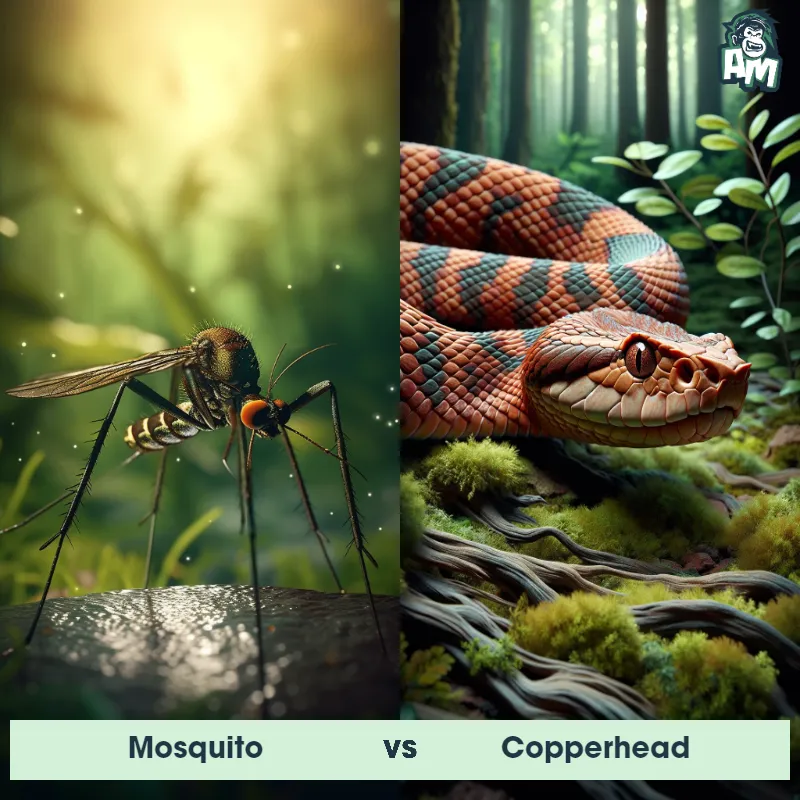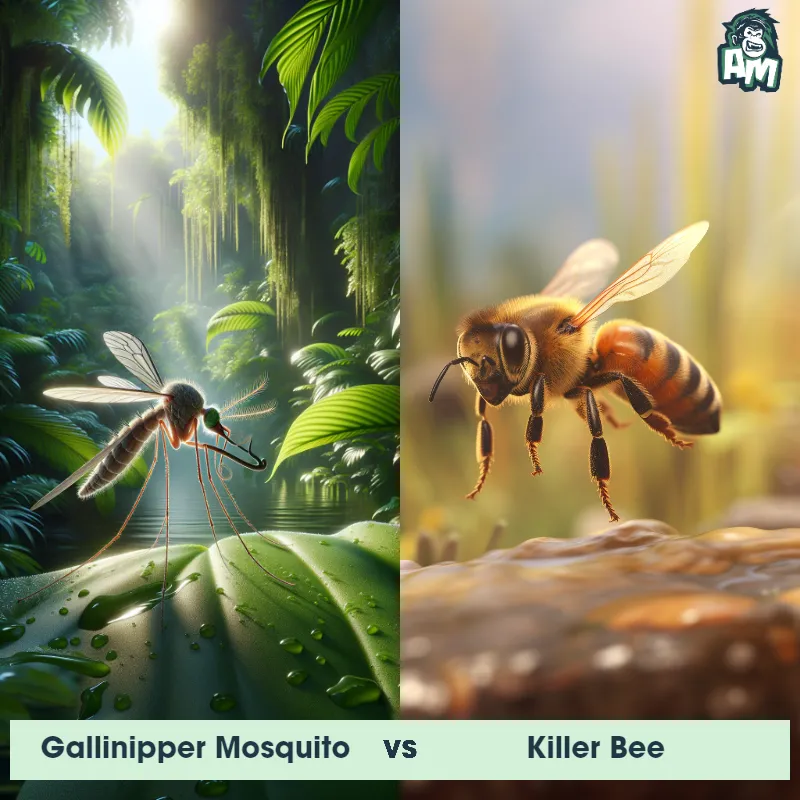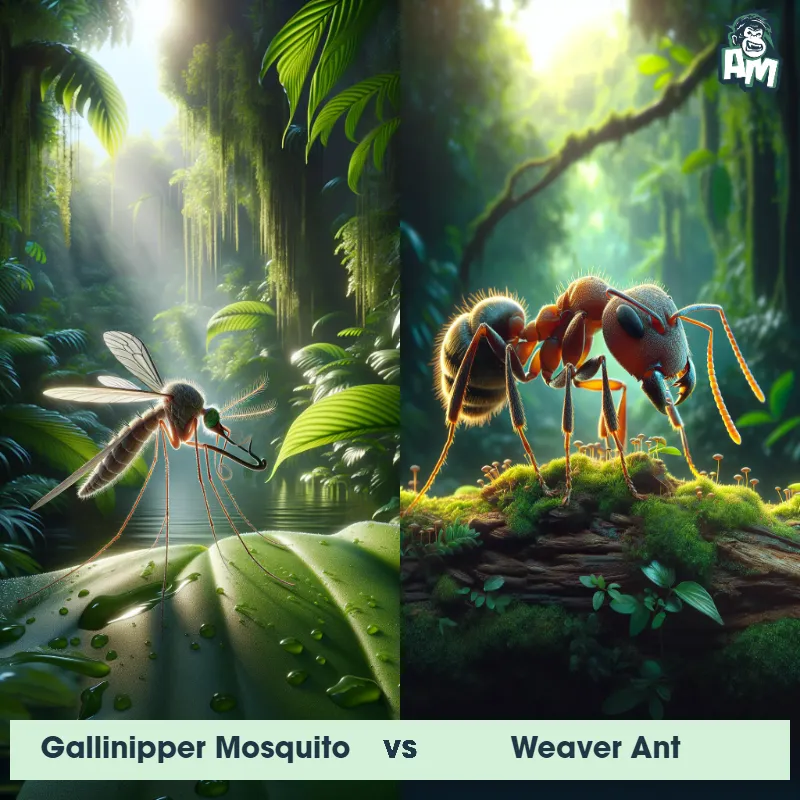Gallinipper Mosquito vs African ElephantSee Who Wins
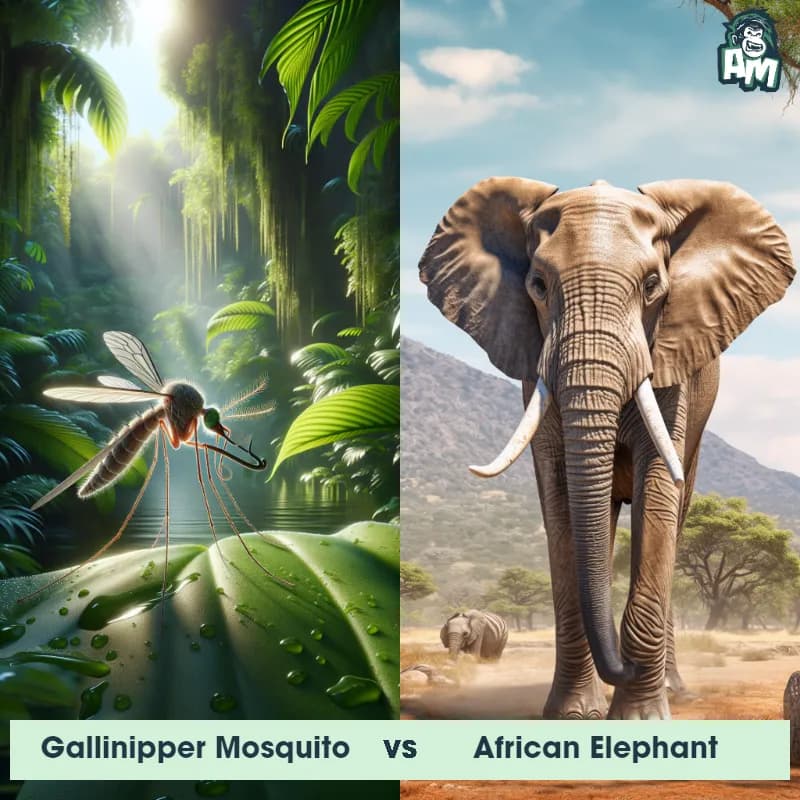
Welcome, ladies and gentlemen, to this epic matchup between a Gallinipper Mosquito and an African Elephant. Both animals are ready to go head to head in three rounds of intense combat. It's going to be a battle of size versus speed, let's see who comes out on top!
Contender 1: Gallinipper Mosquito
The Gallinipper Mosquito, also known as the Psorophora ciliata, is a large and intimidating species of mosquito found in various parts of the United States. Measuring up to 1.5 inches in length, it is known for its sizable and robust body, which is covered in black and white scales. The females, which are larger than the males, have distinct saw-like mouthparts used for blood-feeding. Despite their intimidating appearance, Gallinippers are actually relatively harmless to humans, as their bites are typically no more painful than those of regular mosquitoes. These mosquitoes are known for their opportunistic feeding behavior and can often be found in flood-prone areas.
Fun Fact: The Gallinipper Mosquito has earned its common name due to its reputation for inflicting painful bites that can cause discomfort to animals as large as horses.
Contender 2: African Elephant
The African Elephant, also known as the savanna elephant, is the largest land animal on Earth, weighing up to 14,000 pounds and standing up to 13 feet tall at the shoulder. They have a distinctive trunk, which they use for breathing, smelling, drinking, and grasping objects, as well as large ears that help regulate their body temperature. African Elephants are herbivores and can consume up to 300 pounds of vegetation in a single day.
Fun Fact: African Elephants have a unique way of communicating with each other that humans cannot hear - they use infrasonic sounds that can travel up to 6 miles away!
Matchup Stats
| Gallinipper Mosquito | African Elephant | |
|---|---|---|
| Size | Up to 1.5 inches (3.8 centimeters) | Up to 13 feet tall at the shoulder (3.96 meters); weight up to 14,000 pounds (6,350 kilograms) |
| Weight | Not applicable | Up to 14,000 pounds (6,350 kilograms) |
| Speed | 1.5 mph (2.4 km/h) | Speed: 25 mph (40 km/hr) |
| Key Strength | Unknown | Powerful tusks and trunk for defense and offense |
| Biggest Weakness | Unknown | Vulnerable to attacks on their legs and underbelly |
Current Votes
Gallinipper Mosquito vs African Elephant
See Who Wins
View More Matches
Looking For More?
Similar Matches
Scientific Stats
| Gallinipper Mosquito | African Elephant | |
|---|---|---|
| Scientific Name | Psorophora ciliata | Loxodonta africana |
| Family | Culicidae | Elephantidae |
| Habitat | Flood-prone areas | Grasslands, savannas, and forests |
| Geography | Various parts of the United States | Sub-Saharan Africa |
| Diet | Blood-feeder | Herbivore, consuming up to 300 pounds of vegetation in a single day |
| Lifespan | 1 weeks - 4 weeks | 60 years - 70 years |
Key Differences between Gallinipper Mosquito and African Elephant
- Size: The African Elephant is one of the largest land animals, weighing up to 15,000 pounds and standing over 10 feet tall, while the Gallinipper Mosquito is significantly smaller, with a wingspan of only about half an inch.
- Coloration: The African Elephant is typically gray in color, with wrinkled skin that can appear light or dark depending on the individual, whereas the Gallinipper Mosquito has a black body with white stripes on its legs and a distinct pattern of white spots on its abdomen.
- Behavior: African Elephants are known for their social structure and ability to communicate with low-frequency rumbles, while Gallinipper Mosquitoes are solitary insects that feed on the blood of warm-blooded animals, including humans.
- Anatomy: The African Elephant has a trunk and long curved tusks, along with large ears and a massive body, while the Gallinipper Mosquito has a long proboscis for feeding on blood, slender wings for flying, and long legs for landing on surfaces.
- Conservation status: The African Elephant is classified as vulnerable due to poaching and habitat loss, with conservation efforts in place to protect the species, whereas the Gallinipper Mosquito is not a species of conservation concern due to its ability to adapt to various habitats and reproduce quickly.
- Habitat: African Elephants are found in sub-Saharan Africa, primarily in savannas and forests, while Gallinipper Mosquitoes are found in North and South America, preferring wet, marshy areas for breeding.





